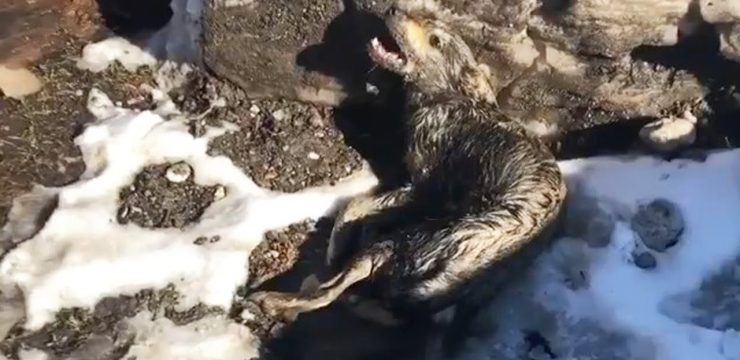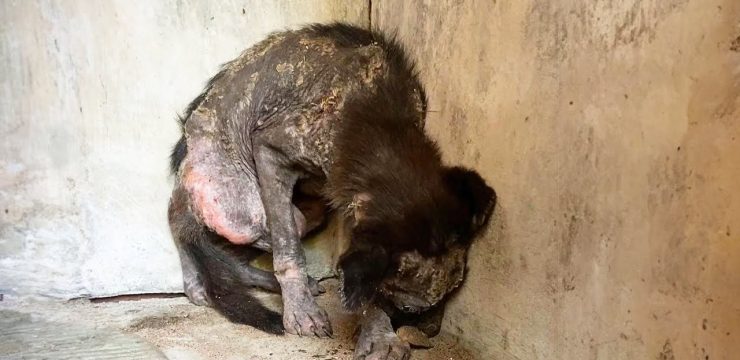Tragic new details have emerged from the autopsy of Juliana Marins, a 26-year-old Brazilian tourist who died after falling while hiking Mount Rinjani, an active volcano in Indonesia. The findings shed new light on her final moments and raise serious questions about the timeline initially reported after the incident.

According to Indonesian authorities, Marins likely passed away approximately 20 minutes after sustaining her injuries, due to severe internal bleeding caused by blunt force trauma. This conflicts with early reports that claimed she had survived her initial fall and died later, potentially during a second plunge.
Mount Rinjani, located on Lombok Island, is Indonesia’s second-largest volcano and a popular destination for adventurous travelers. Though it’s classified as active, the volcano hadn’t erupted since October 2015, when a major ash cloud caused widespread air travel disruptions. At the time of Marins’ accident, there was no volcanic activity reported.
The official autopsy, conducted at Bali Mandara Hospital, revealed that Marins suffered critical injuries to her chest and back, with extensive internal bleeding in her chest cavity. Dr. Ida Bagus Putu Alit, a forensic pathologist who took part in the examination, told Australian outlet news.au.com that her respiratory system sustained the most life-threatening damage. While Marins also suffered head trauma, Dr. Alit clarified that it was not the primary cause of death. There was no indication of prolonged bleeding or signs of injuries like a collapsed spleen, suggesting that her passing occurred rapidly after the trauma.
Although Dr. Alit didn’t personally visit the site where Marins fell, he noted that the injuries were consistent with impact against hard, flat surfaces. He explained that such damage typically causes fast and fatal internal bleeding, which likely led to her death within minutes.
This autopsy timeline, however, contradicts drone footage captured by other hikers in the area, which appeared to show Marins alive after her initial fall. The video shows her seated on a rocky slope roughly 200 meters down the side of the volcano, visibly distressed but conscious, as voices called to her from above. Yet when rescuers attempted to reach her shortly after the footage was taken, they could not locate her. Her body was later discovered nearly 600 meters down the mountain, suggesting that she may have experienced a second fall that proved fatal.
The terrain around Mount Rinjani is rough and unstable, made up of coarse sand, loose gravel, and sharp stones. The autopsy found multiple abrasions and deep lacerations on her body, injuries consistent with tumbling down such terrain. In addition to the severe chest trauma, she also suffered a fractured femur in her left thigh.
While the autopsy helps clarify many of the physical injuries Marins endured, the exact moment of her passing remains uncertain. Some experts believe that the fact her body was stored in a mortuary freezer after recovery may have affected post-mortem indicators used to estimate the time of death. Signs such as livor mortis—when blood settles in the lower part of the body after death—and rigor mortis, which causes muscle stiffening, are typically used in such assessments. However, cold storage can interfere with these processes.
Dr. Iwan Aflanie, Vice Chancellor for Academic Affairs at Lambung Mangkurat University, emphasized that the time of death is often presented as a range rather than a precise moment. He said that these discrepancies are common in forensic investigations, especially when environmental conditions or handling after death may interfere with biological markers.
Questions had also circulated on social media about whether Marins may have suffered from hypothermia, dehydration, or starvation, especially since she fell without proper gear and temperatures on the volcano can drop near freezing at night. However, Dr. Alit said the injuries she sustained were far too severe for those factors to have played a role. While he did not observe common signs of hypothermia, such as blackened fingertips, he added that they couldn’t test her eye fluid—the standard method for confirming hypothermia—due to the condition of the body after freezing.
A toxicology report is expected in the coming weeks, but Dr. Alit stated that it is part of routine procedure and there is no current evidence suggesting drugs or alcohol were involved.
In the aftermath of her passing, Marins’ family has stated their intent to conduct a second autopsy once her remains are returned to Brazil. They hope to gain a clearer understanding of her final moments, especially in light of conflicting information between the autopsy findings and the drone footage.
Juliana Marins had been exploring Southeast Asia in the months leading up to her death. She had traveled through countries like Vietnam and Thailand before arriving in Indonesia. Friends and family described her as full of life, compassionate, and courageous. Recently released text messages she sent to loved ones before her trip highlight her emotional depth and strong family bonds.
In one particularly moving message, she wrote: “Mami, I love you so much. It broke my heart when we said goodbye. I’m only worried about disappointing you, papi, or my sister. Other than that, I’m not afraid of anything—not even the challenges.”
Her words now carry an even more poignant weight, as the world tries to make sense of how such a vibrant life could be lost so suddenly. As investigators continue to review the circumstances of her death, the story of Juliana Marins serves as a sobering reminder of the dangers involved in high-risk travel and the importance of safety protocols in remote and rugged environments.
Though the facts surrounding her final moments remain partially unresolved, one thing is certain: she died far from home, in a place of staggering natural beauty, chasing a dream with courage in her heart and love for her family in her soul.





